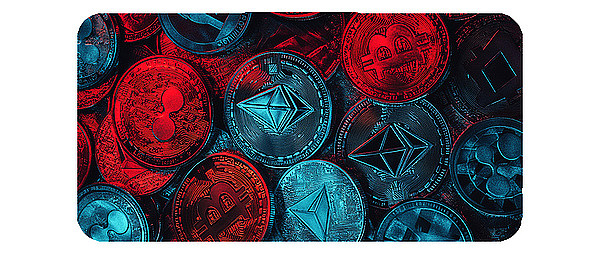
In Vitalik's conversation with the Chinese community, he not only expressed his views on blockchain decentralization, but also expressed his outlook on the future of Ethereum.
- "ETH is a digital asset suitable for the world's applications (including finance, and other things, such as ENS, etc.). ETH also does not require Each transaction is placed in L1, but it requires sufficient throughput in order for anyone who wants to use L1 to use L1 at least occasionally. So these two directions are also compatible: helping Ethereum achieve a better world computer Features are also the feature that makes ETH a better digital currency. ”
This view verifies my long-standing understanding of Ethereum. To become a platform that supports the future chain world, Ethereum must follow the hierarchical architecture route. L1 only processes some transactions, and more transactions are processed in the expansion layer below.
I once compared Ethereum and various layer two extensions around Ethereum:
Ethereum is like the Supreme Court in this ecosystem, and its second floor expansion is like branches in various regions.
The Supreme Court cannot and should not handle all cases. It should only deal with cases involving major issues such as the state and political systems.
Its key traits are fairness, justice and openness.
Neighbor disputes and fights in daily life can be handled in a small local court. Even if the small courts occasionally handle unfairly and unfairly civil disputes, they will not affect a system and values as a whole. Even if this situation occurs, the parties can still appeal and submit the lawsuit to the previous level of judgment agency.
The characteristics that such local small courts need are efficiency, cheapness and convenience.
The core characteristics of these two types of courts are completely different. The same is true for the Ethereum ecosystem, which requires decentralization and censorship resistance to ensure that it is as neutral and secure as possible.
Everything is handled on the Ethereum main chain, not that it is not possible, but that it is necessary to do so.It will certainly affect efficiency and increase costs. In the long run, this is very uneconomical and cannot support an ecological system.
In the future, with the development of the Ethereum ecosystem, I imagine that its development path will most likely be expanded from layer two to layer three, from layer three to layer four hierarchy...
This is essentially similar to a judicial system and hierarchy system.
There is a very loud voice in the community recently. They suggest that in order to pursue TPS, they sacrifice decentralization to expand the main chain of Ethereum. This is obviously affected by another type of "blockchain".
What the type of "blockchain" wants to do is the global Nasdaq and exchange, but that kind of "blockchain" cannot support one The on-chain world of the future.
The two blockchains are different in values and core vision.
- "Decentralization" does not mean "doing nothing". The Ethereum Foundation's philosophy of subtraction does not mean "reduce the foundation to 0", but a way to maintain ecological balance. If there is an imbalance in a place of ecology (e.g., part of the ecology is too centralized, or there is an important public item that others do not do), we can help counterbalance. Once this problem is solved, the foundation can retreat from that area. If there is an imbalance in a new place, we can move resources there, etc. ”
After all the time, many people have such questions about "decentralization":
Since it is "decentralized", what do the team and leaders do?
I have repeatedly shared my views in articles before , but I think the explanation of Vitalik is more appropriate. "Decentralization" is not "doing nothing", nor does it mean that you don't want teams and leaders.
Decentralization is to ensure that the operation of the blockchain can still operate normally without relying on any organization or individual. The role of the team and the leader is to be responsible for the development and progress of the blockchain system itself, so that it can absorb it.The latest scientific and technological achievements can better adapt to new environments and new scenarios.
This passage reminds me of a good type of metaphor in Buddhism:
" Vajra's eyes are angry, and the Bodhisattva lowers his eyebrows"
"How can you see the heart of the Bodhisattva without using thunder and lightning"
When it comes to Buddhism, what we immediately think of is great compassion and great mercy and the need to save suffering. This is a warm and kind feeling. Therefore, many people cannot connect the "Vajra Grizzly" and "Pi Li Meaning" with Buddhism.
Without "Vajra's Grizzly Eye", how can it fight against evil demons and heretics? How can we awaken our obsession without using "thunderous means"?
Same is true for the leadership team and leaders of blockchain, who play a very important role in the development of blockchain. However, in actual operations, they should use force where they should be used and not where they should be used, and try to achieve balance and avoid conflicts of interest as much as possible.
In general, I agree with many of the views and development directions that Vitalik talked about in this interview, and also made me let go of my past Some worries and doubts.
Reference link:
https://www.theblockbeats.info/news/56951










